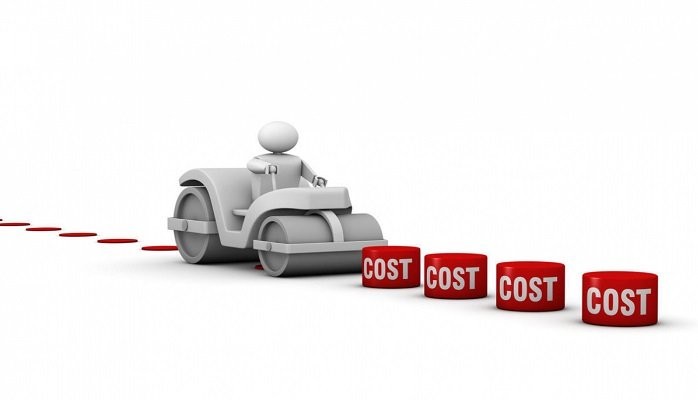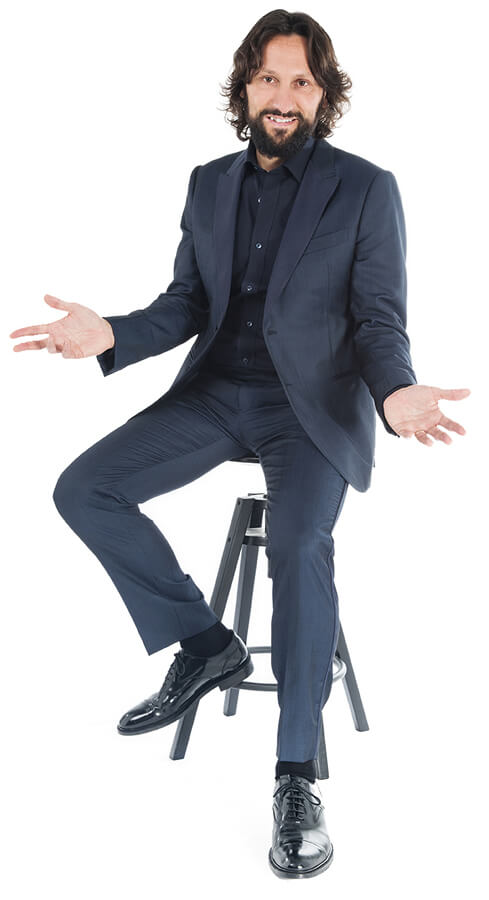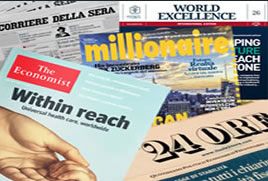
Muda (無 駄) is the Japanese term that indicates and identifies all the activities of production that do not add value and in many cases decrease productivity.
In fact, you must learn to keep in mind that not only can a specific activity in your production be inefficient, but it could also seriously compromise the performance of other areas which are perhaps currently very productive.
Muda is part of the concept of Lean Manufacturing, which is the basis of the Toyota Production System.
The Toyota Production System first applied these concepts creating a process that aims to produce only the goods or services requested by the customer and which he is willing to pay.
In this business philosophy, we can identify seven main wastes (the 7 Muda).
1) Defects
2) Overproduction
3) Transportation
4) Waits
5) Stock
6) Movement
7) Unnecessarily expensive processes
The 7 main wastes of production
The “Seven Wastes” identify and classify all the resources that are wasted and that you absolutely must manage intelligently in your production.
They were identified by Taiichi Ōno, Toyota chief engineer, as part of the Toyota Production System.
1) Defects
These are errors of execution. Causing fixing/remaking parts or also production of unnecessary parts. The effort necessary to look for these defects is a waste.
2) Overproduction
Overproduction is one of the 7 wastes that fascinates me most, because it concerns the production or acquisition of goods before they are actually required.
It is a very dangerous waste for companies because it tends to hide production problems.
Overproduction pieces must be stored, managed, and protected, thus generating other waste.
Overproduction is the main cause of the warehouse problem that is affecting companies.
In fact, not everyone knows that the warehouse, if redundant and badly managed, can represent a huge cost and waste for the company and for the financial liquidity that could be available for investment.
3) Transportation
Every time a product is transferred it risks being damaged, lost, delayed, etc., so it becomes a cost that does not produce value.
4) Waits
It refers both to the time taken by the workers while waiting for the resources to be available, and to the capital immobilized in goods and services that have not yet been delivered to the customer.
Once again, the liquidity of the company is under attack and fixed capital turns into further costs and waste.
5) Stock
Inventories, whether in the form of raw materials, material being processed (WIP), or finished products, represent a capital that has not yet produced a gain for either the manufacturer and the customer. Each of these three items that is not yet processed to produce value is a waste.
6) Movement
It refers to workers and machines that can suffer damage, lose value from wear, and cause additional waste by requiring management and security.
7) Unnecessarily expensive processes
Using more resources than those actually needed for production activities or adding more features, in addition to those that originally required the customer, only produces waste. There is a particular problem in this sense that concerns the machine operators. Operators who have a higher qualification than necessary to carry out the required activities generate costs to maintain their skills that are wasted in the implementation of less qualified activities.
The Productive Flexibility Method eliminates the 7 Muda wastes
Those Muda you have just read are the 7 wastes identified by Taiichi Ōno, Toyota’s chief engineer, as part of the Toyota Production System.
Waste that you must immediately manage if you want to see your company or your production department make a leap in quality and really start to deal with new challenges using methodology that the market requires.
Now I would like to talk about how all these points can be tackled and solved with great ease thanks to the method that is revolutionizing the world of production and the use of machine tools.
You should know that I developed the Production Flexibility method because Lean Manufacturing was a truly exceptional concept but difficult to apply and adapt to the world of machine tool users.
So, I decided to dedicate myself to studying and developing a method that could apply the basic concepts of Lean manufacturing, but tailor-made for those who use Transfer machines or Machining Centers.
Hence the idea of creating the concept of Flexible Machines, the machine tools that are revolutionizing the production market.
I developed a Flexible Machine and called it the Multicenter, perfecting it year after year and that today represents the perfect tool to apply the Flexible Production method
How to eliminate the 7 Muda waste with the Flexible Machines
Now we will see, one by one, all 7 Muda waste addressed through a change of methodology in production.
By changing from the use of Machining Centers or Transfer Machines to the use of Flexible Machines.
In particular we will see these steps on the Multicenter, the most capable Flexible Machining platform on the market.
1) Defects
Production of unnecessary parts and products. In this case the MULTICENTER, thanks to the philosophy for which it has been designed i.e. the speed of machine changeover, does not lead you to produce unnecessary parts by completely eliminating this waste.
2) Overproduction
Very dangerous for companies because it often hides production problems. Overproduction must be stored and managed generating other wastes. The MULTICENTER fixes this by producing ONLY THE SOLD PRODUCTS.
3) Transportation
A cost that does not produce value. The MULTICENTER, thanks to its great availability of tools (up to 120 total), allows the machining, deburring, washing, quality control, and sometimes semi-assembly of parts of the component eliminating many intermediate transports.
4) Waits
Capital immobilized in goods and services that have not yet been delivered to the customer. The MULTICENTER, thanks to its changeover speed and flexibility in retooling, drastically reduces the “TIME TO MARKET” or the necessary time between the order of your customer and the delivery of the requested material.
5) Stock
Stock represent capital that has not yet produced a profit for either the manufacturer or the customer. The MULTICENTER was designed to produce only the sold, nothing more!
6) Movement
It is similar to transport, but refers to workers or machines. These can be damaged, worn, or cause safety problems. The more machines and operators that are involved the more waste there is. The MULTICENTER aims to work, deburr, wash, and inspect the piece in a single process. Thus eliminating operations and waste on other machines and labor.
7) Unnecessarily expensive processes
Use more resources than those actually needed for productive activities or adding features in addition to those that originally requested the customer. As seen in the previous point, the MULTICENTER automates the various processes in a single process preventing the addition of other processes along the road to product realization.
Here’s how you can eliminate the 7 Muda wastes!
As you could see it is possible to tackle all 7 wastes one by one and all with only one methodology and one type of machine.
With the application of the Flexible Production method and with the use of a suitable and advanced flexible machine it is truly possible to make a difference.
The success behind the use of Flexible Machines and the application of the Flexible Production method are due to the adaptation of the concepts of Lean Manufacturing for users of machine tools.
The Toyota Production System is an excellent idea, but if you use machining centers and transfer machines you know that in this sector it is not clear how to apply it.
The Flexible Production methods was born as a method to apply it. To support you step by step and bring your production success!!
If you want to go deeper on the topic of “Flexible Production”
CLICK HERE
>>> www.flexibleproductionbook.com <<<
My book, dedicated to users of machine tools that want to make the leap in quality, is waiting for you !!!
To your results!
Maurizio Porta
MASTER TRAINER Method FLEXIBLE PRODUCTION

 Ita
Ita Deu
Deu
